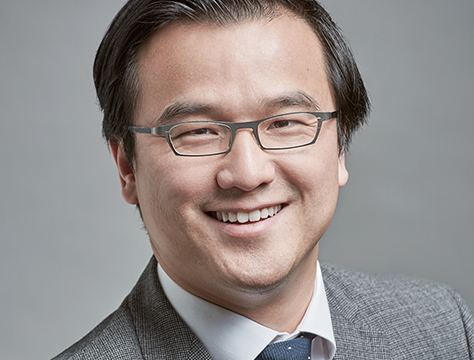“After double-digit gains for stock and bond portfolios in 2019, we expect more subdued returns this year,” said Ken Peng, Citi PB’s head of Apac investment strategy, at a media briefing in Hong Kong last week.
He forecasts global equity returns of 6-8%, with cyclical equities performing strongly in the first half and that earnings per share in the US and worldwide should rise to 7% or more after weak corporate earnings last year.
Citi PB’s less positive outlook for global fixed income is based on the limited prospects for further yield compression, following the strongest 12-month returns since 2001.
“Overall, global bonds will struggle to produce 1-2% returns with nearly half of non-US investment grade bonds trading with negative yields,” said Peng.
Catherine Cheung, Apac investment strategist, recommends “realigning income portfolios”, by allocating to high dividend paying stocks, private equity property investments that generate cash distributions and – for those who can – leveraging returns with cheap euros.
“Investors should focus on dividend-growers with strong balance sheets that power their long-term performance, and consider borrowing strategies to earn positive income using negative-yielding currencies,” said Cheung.
Portfolio shift to equities
At its December GIC asset allocation meeting, Citi PB increased its exposure to global equities 3% to 40.9% in its “Risk Level 3” (balanced) portfolio, reduced fixed income 4% to 34.3% and made a 1.5% allocation to gold.
The portfolio has added “undervalued” European equities, but Cheung’s most optimistic outlook is for Asian markets, where she identifies five “unstoppable trends” that will drive corporate earnings and investment returns.
These trends include the region’s role as “the world’s engine of growth” – powered by innovation, population and urbanisation, increasing demand for healthcare, the roll-out of 5G technology that will “revolutionise data-driven business”, new technologies such as robotics, artificial intelligence and blockchain, and more prosaically, the fact global investors are underweight Asia despite the region’s prospects and relatively low valuations of its markets.
“Asia’s rise represents a shift in leadership from the US to emerging markets as the driver of global economic growth,” said Cheung.
Cheung favours South Korean and Taiwanese semiconductor manufacturers which will benefit from the adoption of 5G this year, consumer stocks in China as economic growth remains robust, and she expects the Hong Kong stock market to bounce back as the territory’s economy recovers.
Economic risks
Citi PB’s base case is for world economic growth to rise slightly above 3% this year compared with a little less than 3% in 2019, with US GDP increasing to 2.5% from 2%.
“Consumer demand is strong and has remained resilient, and investors should prepare for a rebound in industrial activity, including manufacturing, and international trade,” said Peng.
However, international trade friction is the biggest risk to both economic growth and markets, despite the phase one trade agreement signed by the US and China this month.
Citi PB is less concerned about geopolitical crises or domestic US politics, as President Trump first faces impeachment proceedings and then re-election in November.
“Just as politics stoked investors’ fears in 2019, the same may be in store for 2020. However, timing market buys and sells by political events is a fool’s game, not least because politics has much less sustained impact on markets than investors typically perceive,” said Peng.

















